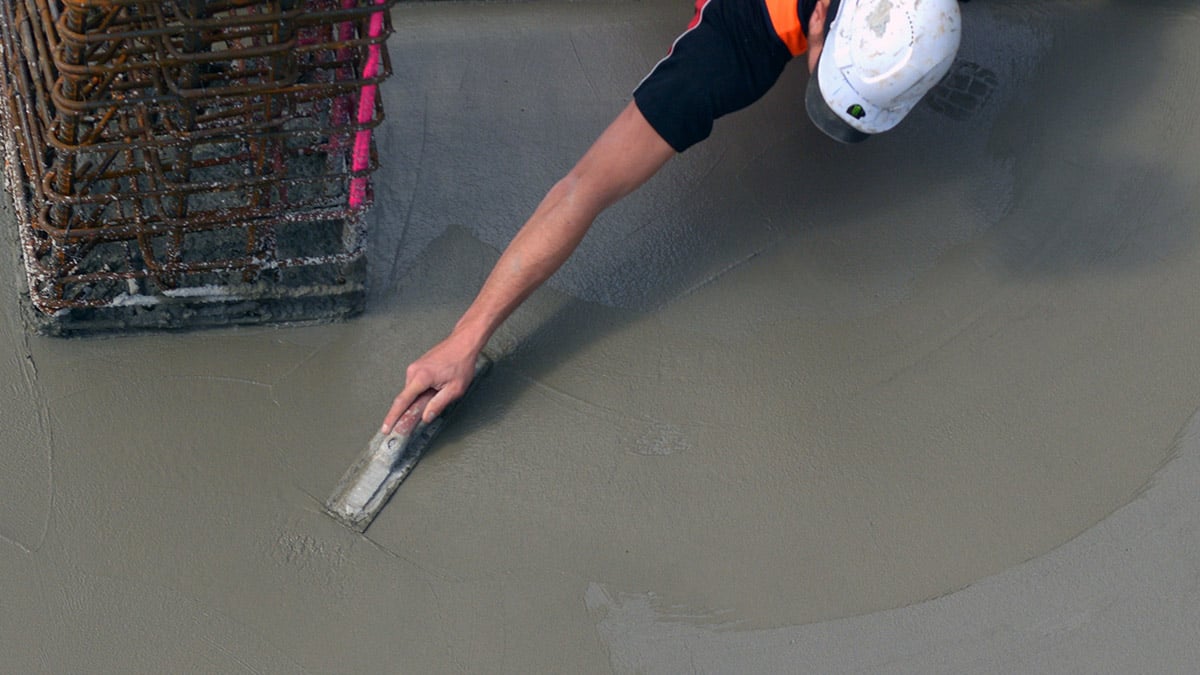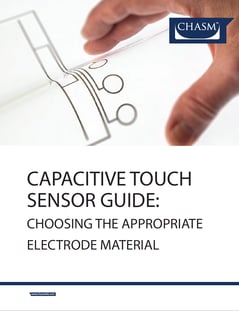Mechanical Characteristics of Electrode Materials for Touch Sensors
Designing a capacitive touch sensor or a product with a capacitive touch sensor? Then one key element impacting both the design and manufacturing process is the electrode materials. The electrode material must not only provide optimal performance, but must also deliver the required durability to operate successfully in the intended environment and be cost effective to manufacture. Choose well and you’ll have satisfied customers happy with your new product. And if you choose wrong, brace yourself for product returns, warranty requests, and the wave of hate from social media. For engineers – it’s all about choosing which electrode material (normally an ITO alternative) has the correct grouping of characteristics for your project. There are several factors to consider, however for the purpose of this post, the mechanical characteristics of your electrode material will be covered.
Is Bending or Flexing Required from Your Electrode Material?
The mechanical characteristics of the electrode material should ideally match the mechanical characteristics of the final product. For example, if your final product will be bent or formed, then the electrode material you choose to use should have properties that enable it to be bent or formed. You don’t want your product to have a failure in testing or worse, in the hands of the customer, just because your electrode material is too rigid for your sculpted product.
Many capacitive sensor designers and engineers are finding that ITO is far too brittle to use in their cutting-edge designs for wearables or for curved and formed smart surfaces in automotive interiors. More specifically this tends to be relevant for in-mold electronics, where the flexible printed circuit is thermoformed and/or injection molded into the desired shape. Forming the material causes bending and stretching in the electrode during the process. Also, the electrode materials need to be robust enough to withstand the temperature and pressure of processing.
The applications /markets gaining most traction for in-mold electronics are automotive interiors and home appliances, rather than wearables. You may hear people talk about bendable and stretchable materials for wearables but what they are talking about is elastic type substrates, that can be repeatedly stretched and recovered (think medical sensors and electrodes or sports monitoring etc.). For in-mold electronics, the elongation typically only occurs during forming.
If you are unsure about your application or a particular electrode material, look for performance data from bending tests or a stress-strain tests.
There are 3 other characteristics to review when choosing an electrode material: Electrical, Optical and Environmental. Looking to learn more about each category? Download the eBook:
4 Key Electrode Material Characteristics to Think About When Designing a Capacitive Touch Sensor

.jpg)
























